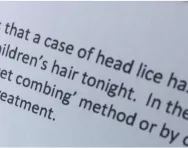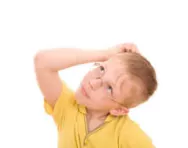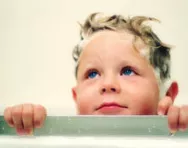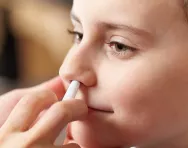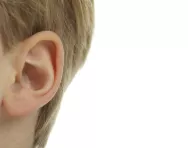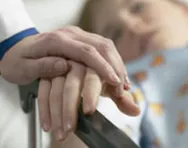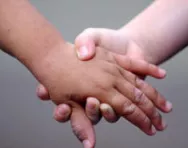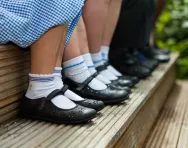Your tools in the war on headlice
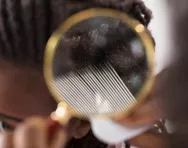
Did you know that a single headlouse can lay over 100 eggs in its 40-day life cycle? No wonder they’re so difficult to treat and prevent.
It’s thought that up to 10 per cent of primary school children have headlice at any one time, so it pays to be well prepared for an outbreak.
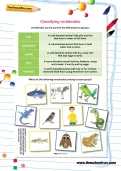
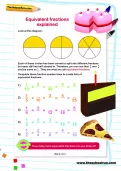
Download fantastic science resources today!
- Experiments And Science Fun pack
- Science Learning Programme for each school year
- All the instructions, questions and information you need
Whether you’re trying to get rid of an infestation of headlice from your child’s head, or doing everything you can to prevent them, we’ve rounded up the weapons every parent should arm themselves with in the war on nits.
1. Nit comb
The most important tool in the battle against headlice is a fine-toothed comb, otherwise known as a nit comb or detection comb.
They may have plastic or metal teeth that are closely spaced: 0.2-0.3mm apart.
The NHS recommends checking your child for lice using a nit comb on a weekly basis, working through the hair section by section, and combing each section from root to tip at least twice.
Check the comb after every stroke to see if you’ve trapped any lice or nits (empty egg cases).
You can also use a nit comb as a chemical-free way to treat an outbreak of headlice, combing your child’s wet hair as above, and repeating it on days five, nine and 13, or until their hair is clear.

2. Conditioner
It’s much easier to comb through your child’s hair if you use conditioner.
Any brand will do: just apply it to their hair as usual after washing, but instead of rinsing it out, leave it in while you comb through section by section.
It’ll make their hair slippery so the comb glides through it, making it an altogether less painful experience.
3. A wide-toothed comb
Use this to detangle your child’s hair and divide it into sections before you use the nit comb.
This will prevent pulling, dragging and breaking the hair.
4. Headlice treatment
There are various different treatments available over the counter to tackle an outbreak of headlice.
These include:
- dimeticone 4% lotion or lotion spray: to be left in for eight hours (usually overnight)
- dimeticone 4% spray gel: works in 15 minutes
- mineral oil and dimeticone spray: works in 15 minutes
- isopropyl myristate and cyclomethicone solution: works in five to 10 minutes.
Some of these treatments are effective after one use; others need to be repeated after seven days to kill any lice that have hatched in the meantime.
These treatments work by coating the headlice and suffocating them. Your pharmacist will be able to advise you on the most suitable treatment for your family.
You should only use them when you’ve detected headlice on your child, not as a preventative.
You may also see chemical treatments on the shelves, containing permethrin or malathion. Avoid using these as they’re unlikely to be effective: it’s thought that as many as 98 per cent of headlice are resistant to chemical treatments.
5. Preventative products
Many parents like to use preventative products on their children’s hair, which may help stop them picking up headlice.
These shampoos or leave-in sprays are mainly based on essential oils including tea tree, eucalyptus and clove.
There’s no 100 per cent guaranteed way to prevent headlice, but these natural solutions are worth a try.
6. Hair ties
Headlice can’t jump or fly; they spread by crawling from head to head, so if your child has long or Afro hair, it’s sensible to keep it tied up or braided for school.
Some companies even sell hair bands that are impregnated with natural headlice repellents.
Save those swishy loose styles for the weekend: neat plaits or buns are your best bet to stop lice moving in.

Give your child a headstart
- FREE articles & expert information
- FREE resources & activities
- FREE homework help
